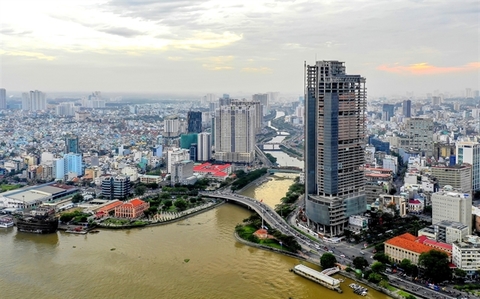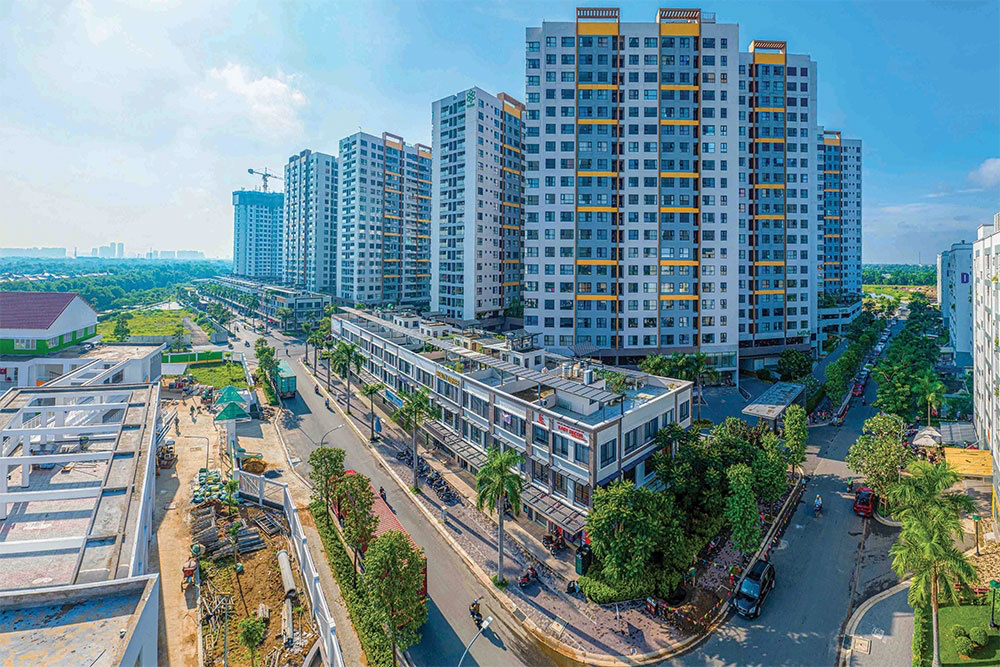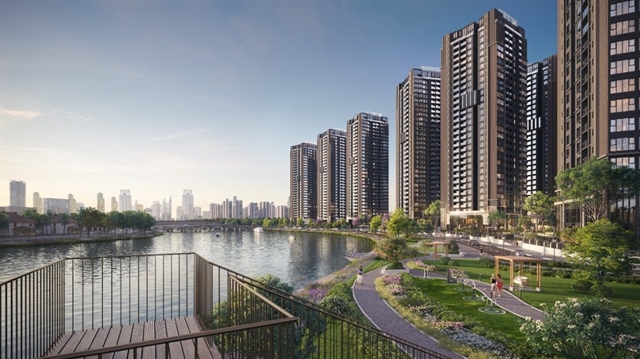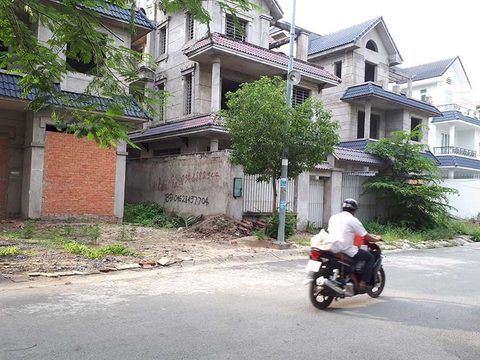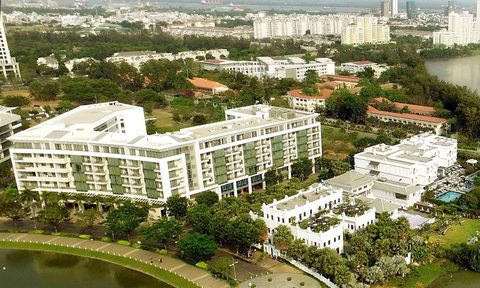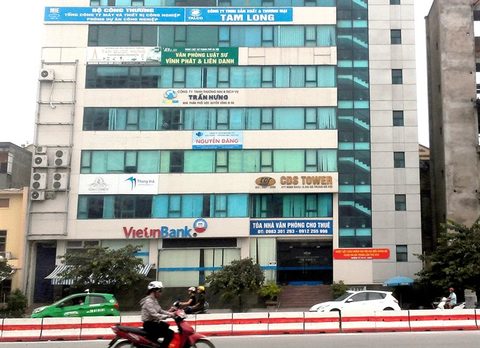Hospitality sector to see strong growth, says consultancy
Hospitality sector to see strong growth, says consultancy
Hoteliers are attracted to Viet Nam by a rapidly growing tourism sector, robust economic development and infrastructure investments, real estate consultancy JLL has said.
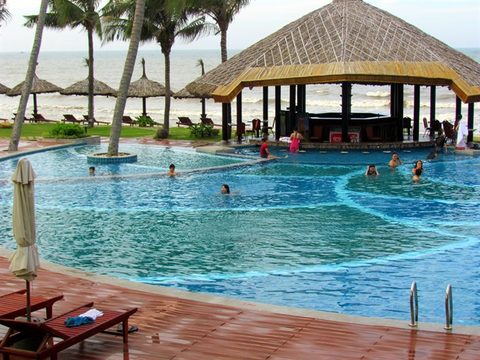
With a record 10 million international visitor arrivals in 2016 and a target of 20 million by 2020, Viet Nam is set to generate US$30 billion in revenue from tourism by the end of the decade.
The number of visitors from China saw massive growth in 2016, while the number of Russian visitors recorded a 60 per cent increase in April, year on year.
The dramatic rise in foreigners has gone hand in hand with the country’s significant investment in infrastructure. The investment will lead to 2,000km of new highways, metro systems in Ha Noi and HCM City, and a slew of airport expansions and new constructions, complemented by investments from state and private airlines to expand their fleets.
So it is unsurprising that investors and hotel operators are keen to commit to this high-growth market, JLL said. Adam Bury, senior vice-president, investment sales, Asia Pacific, JLL Hotels and Hospitality Group, said: “With huge commitments made by both state and private stakeholders into infrastructure and transport linkages, hotel investors are keen to capitalise on the Vietnamese market.”
“Viet Nam’s hospitality industry has progressed rapidly in recent years. We have observed considerable corporate and business demand in hotels across HCM City and Ha Noi, as multinational manufacturers have entered Viet Nam and relocated staff from other Asian markets on a temporary or semi-permanent basis,” Bury said.
“Hotel performance, particularly in Ha Noi, has improved off the back of the massive industrial investment that surrounds the city. We’re seeing similar trends in HCM City, which benefits from its position as the country’s financial hub. The medium-term fundamentals continue to look good for investors.”
Bury said that 2016 saw a record level of hotel transactions, with the dollar value of deals completed during the year adding up to 83 per cent of the deals in Thailand, a market perceived to be significantly larger and more liquid.
“The investments made in infrastructure and transport have opened up an array of coastal destinations beyond the long-standing hot spots of Da Nang-Hoi An and Nha Trang-Cam Ranh for investors to target,” Bury said.
With the recent re-branding of Hoi An’s The Nam Hai, now under the Four Seasons management, and a second Four Seasons in the early stages of development in Ha Noi, it is clear that many large operators are keen for a slice of the expanding market.
Frank Sorgiovanni, head of research, Asia Pacific, at JLL Hotels and Hospitality Group, said: “We have seen an increasing number of internationally branded hotels open in Viet Nam over the past 24 months, and expect further diversification of hotel management companies and brands in the market.”
Sorgiovanni said JLL expects growth beyond international hotel brands, as seen in other Southeast Asian markets.
“Homegrown hotel brands are likely to come to the forefront, catering particularly to domestic travellers. We’re seeing domestic hotel brands being set up in HCM City and Ha Noi in the budget and mid-scale segments, and expect these chains to grow nationwide at a rapid pace,” he said.
Viet Nam should not be seen just as a tourist destination, as the country’s rapid economic development, led by industrial manufacturing and production, has also driven up corporate demand. Increased connectivity combined with new hotel products have made it even more important as a MICE (Meetings, Incentives, Conferences, and Events) destination.




